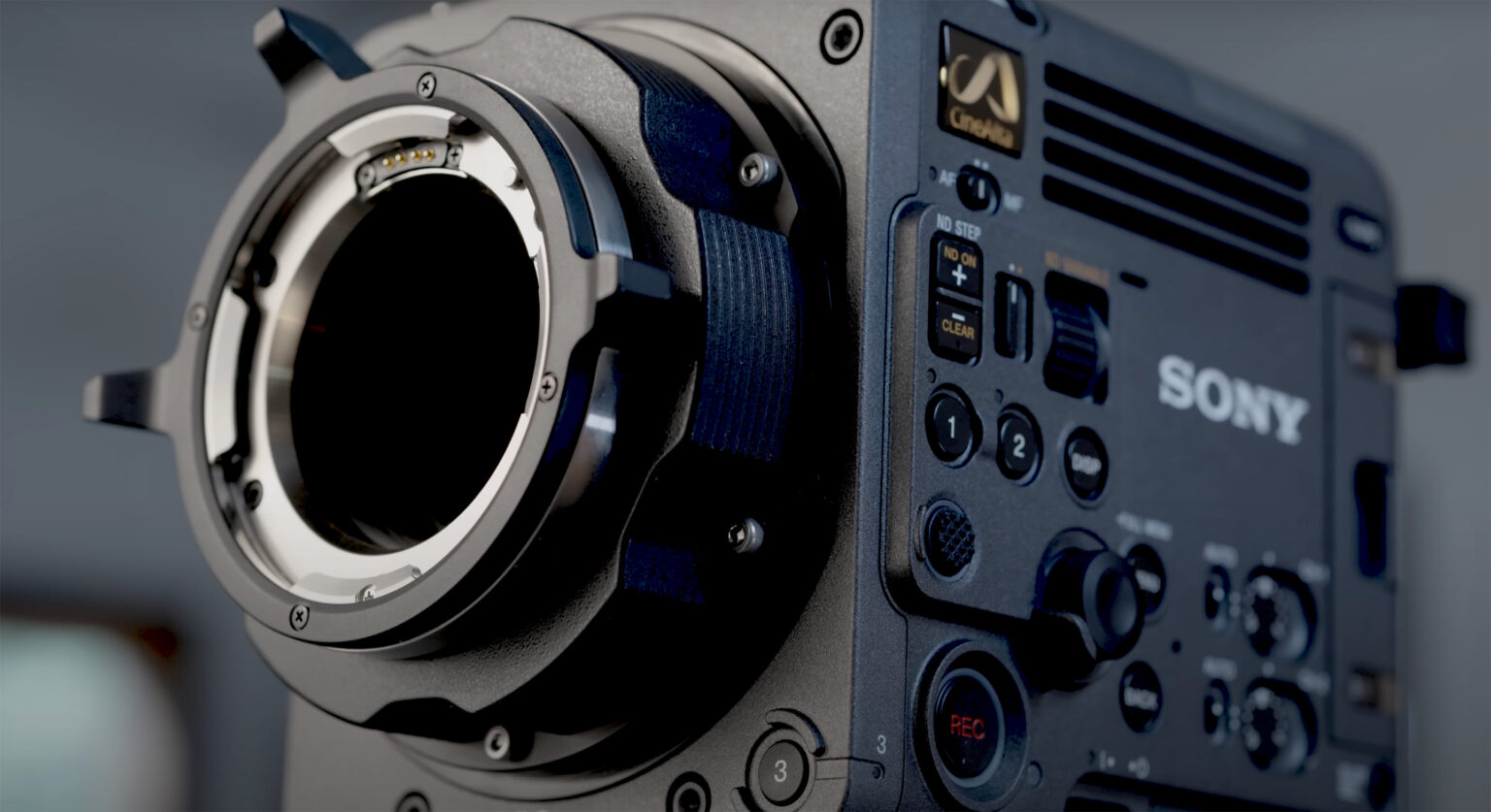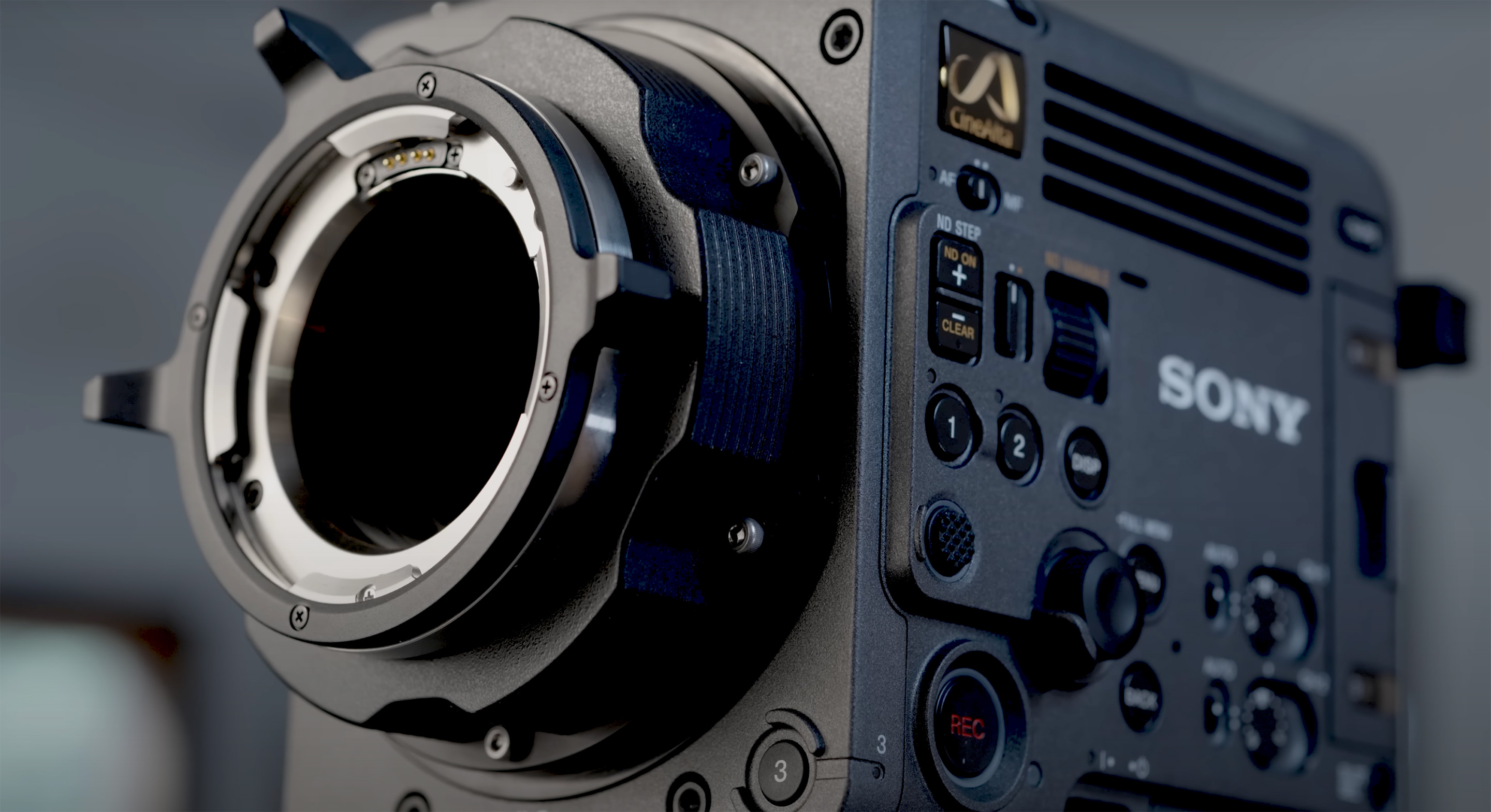
“VENICE” – it’s a word that captures the very essence of cinematic. Everybody knows of Venice, and knows that Venice is one of the most beautiful, most cinematic places in the world. The face of Italy, which is itself the beautiful face of Europe, whereas London is more like the arsehole. Well done Sony, for your VENICE cinema camera branding.
What next? Sony BERLIN? Sony NEW YORK? Sony Milton Keynes? No, the Sony marketing idiots have decided on the name “BURANO” which sounds like something Vic Reeves used to say at the end of Shooting Stars. “BURANO” is a small island in Venice, and it carries the weight of expectations for the sister camera to VENICE. Your Sony BURRITO can be had for the bargain price of just $25,000.
Allegedly this new camera is A) very small, but not as small as a Sony a1 and B) has the same sensor as a Sony a1 but not the full frame 4K 120p. Instead the BURRITO has to crop to 2x, to achieve those lovely high frame rates.
The BURRITO follows the most recent trend of making cinema cameras smaller, but not too small that you look like an amateur on set.
The BURRITO has a lot of nice things about it, including Sony’s rarely seen unicorn, that FS5 miracle of the electronically variable ND filter, as well as a new 16bit codec that I don’t understand, and the same 10bit 422 520Mbit HEVC codec of the Sony a1. But the main thing that justifies the $25,000 is that it is a pro video camera.
The trick is that other people notice that it is a pro video camera though, and to get this to happen, one of the favourite things filmmakers like to do is to make the smaller camera a lot bigger.
Do you see the logic now? Smaller cameras are in, because filmmakers want to make them bigger.
This way they can add all manner of serious looking appendages to the BURRITO, such as a cinema lens that weighs more than the VENICE II and a matte box that blocks out the entirety of the sun.
The monitor must be on a long metal arm, that resembles a NATO weapon and the battery must be almost as big as the camera itself, because surely electronics only gets more power hungry as they progress, not the other way around. The end result, is some kick ass rig like this:
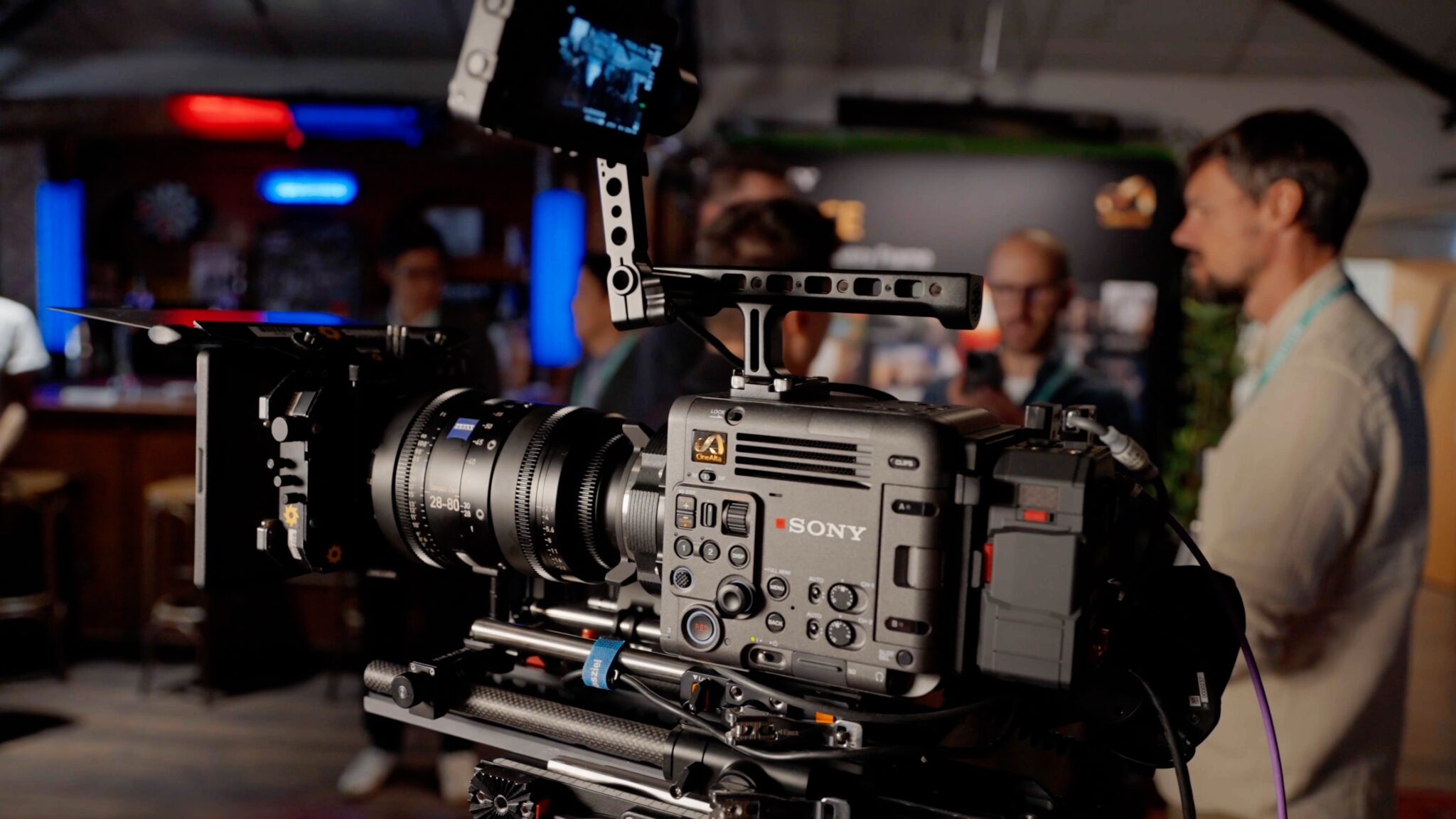
Which is an absolute nightmare to shoot with. Heavy, unbalanced, overkill piece of shit.
Below we witness an even more unwieldy piece of engineering, in the hands of our able shill from a certain other blog. To mount this new lighter, smaller, more convenient cinema camera on his shoulder, he’s had to do what he’s been doing for the past 10 years unchanged. That’s called progress, I think you’ll agree?
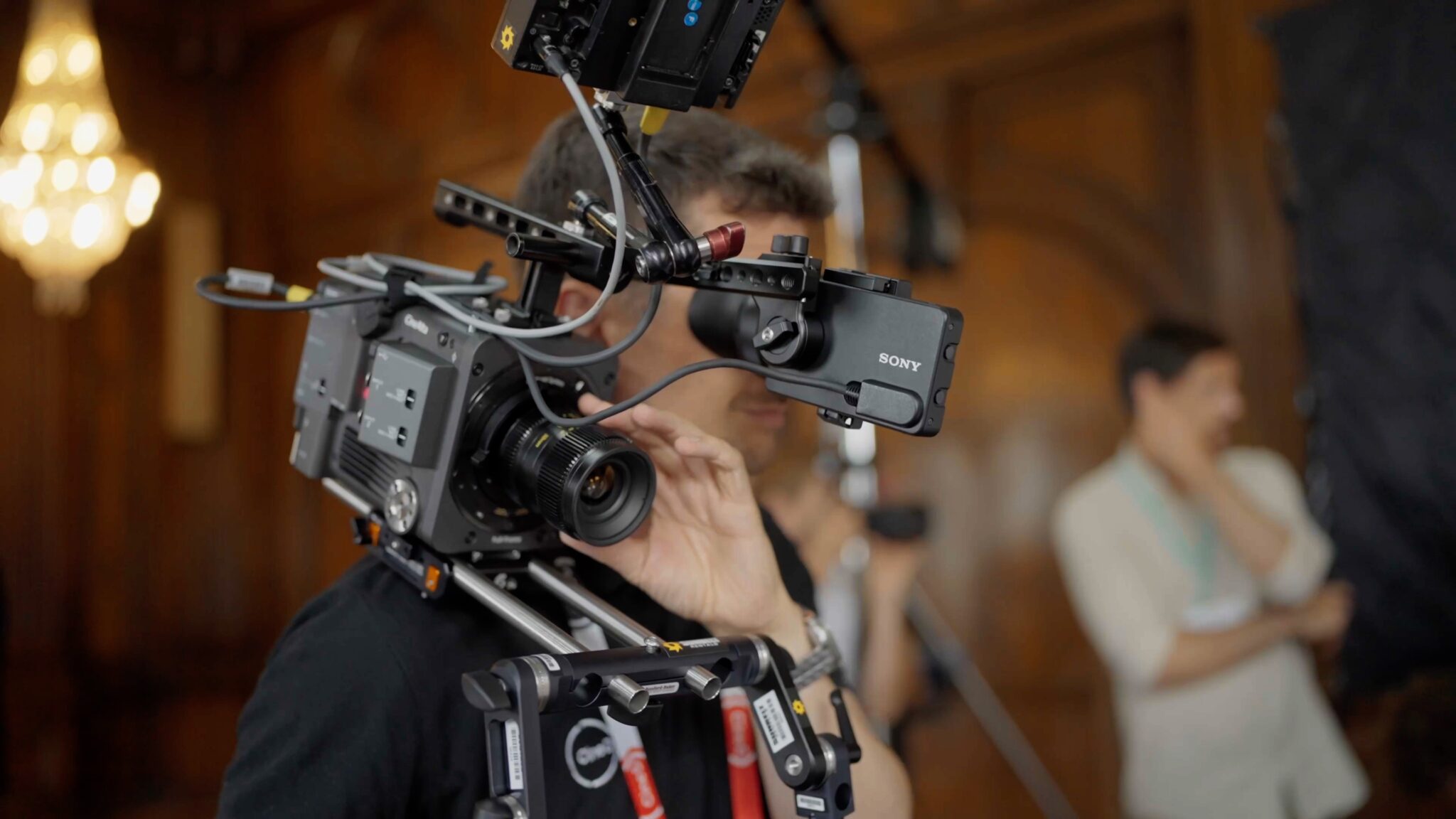
Another thing which has changed so much in recent years is the quality of our EVFs, which are really now quite fantastic on cameras like the Panasonic S1H and Fujifilm GFX 100. Sony however, still resorts to a bog roll over an LCD.
There’s no room for an OLED viewfinder on a cinema camera, because these don’t impress the client. Instead the viewfinder must be an expensively large tube, which renders your field monitor absolutely useless as one, until you go to the bother of entirely disassembling it.
This is what I like to do most when I’m feeling creative and shooting a cinematographic masterpiece… disassemble things.
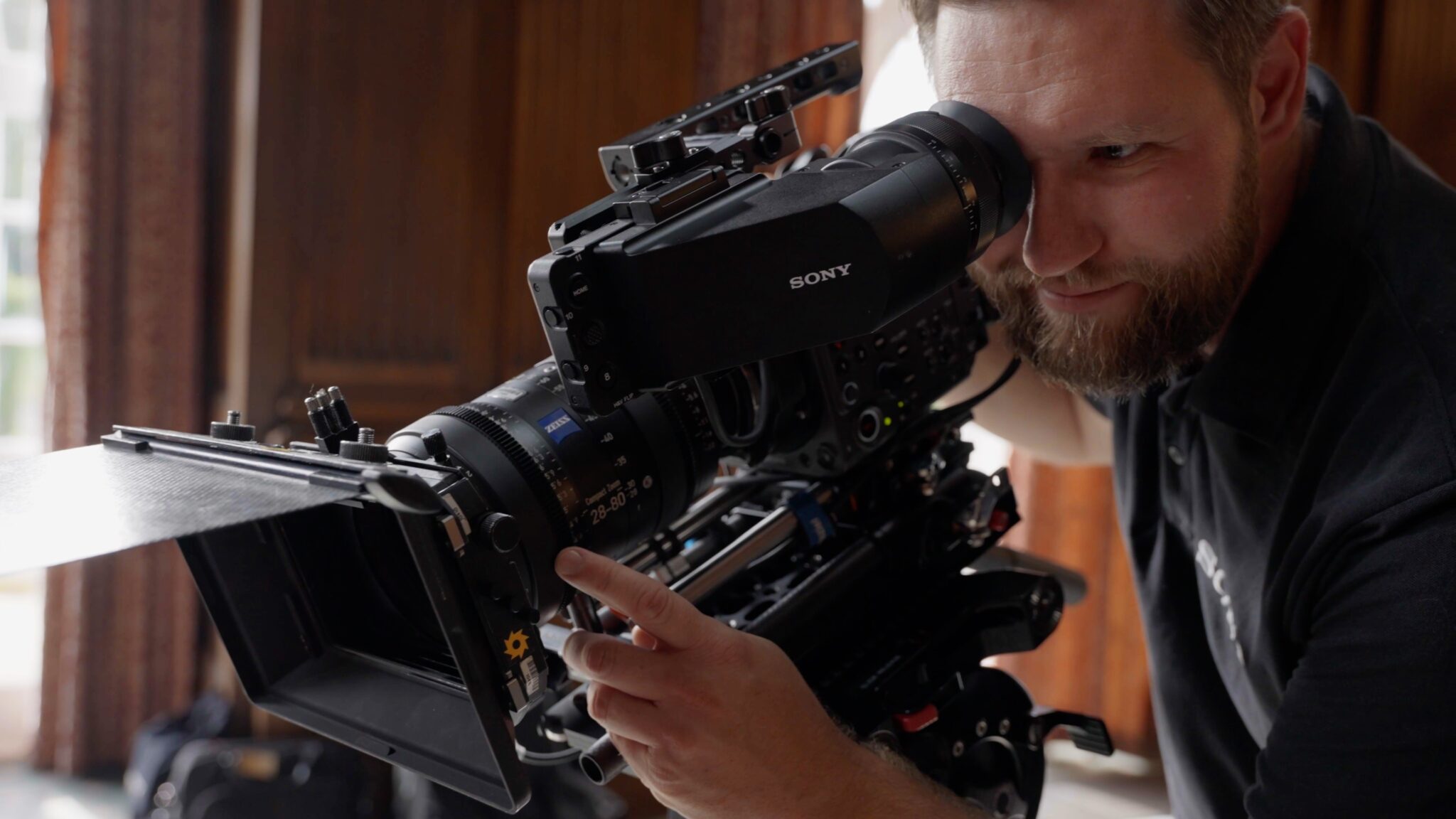
As you can see from the bearded Sony twit, although the camera is almost invisible now so much overkill has been added to it, it’s very important that it’s small!
This is the trend. The market wants it!
Four legs good, two legs bad!
And all the sheep start chanting BURRITO BURRITO! HAIL TO OUR GREAT SAVIOUR SONY!
And this progress isn’t just limited to cameras, for as you can see in the second shot, Cooke has produced a little tiny cinema lens (SP3) which makes you look like the user of a toy lens in front of a famous car commercial director. As you can see the size of the BURRITO with this Micro Four Cooke attached is once again a total game changer for filmmakers, as it allows the lovely Nino to focus using JUST HIS HAND.
Speaking of lenses, Sony does not call the new locking E-mount on the BURRITO “E-mount” but Alpha Mount, which is probably a better name and probably something Sony should consider for E-mount in general. AlphaMount has a nice ring to it, a locking ring in fact, which is necessary to stop the massive PL mount on the front from wobbling.
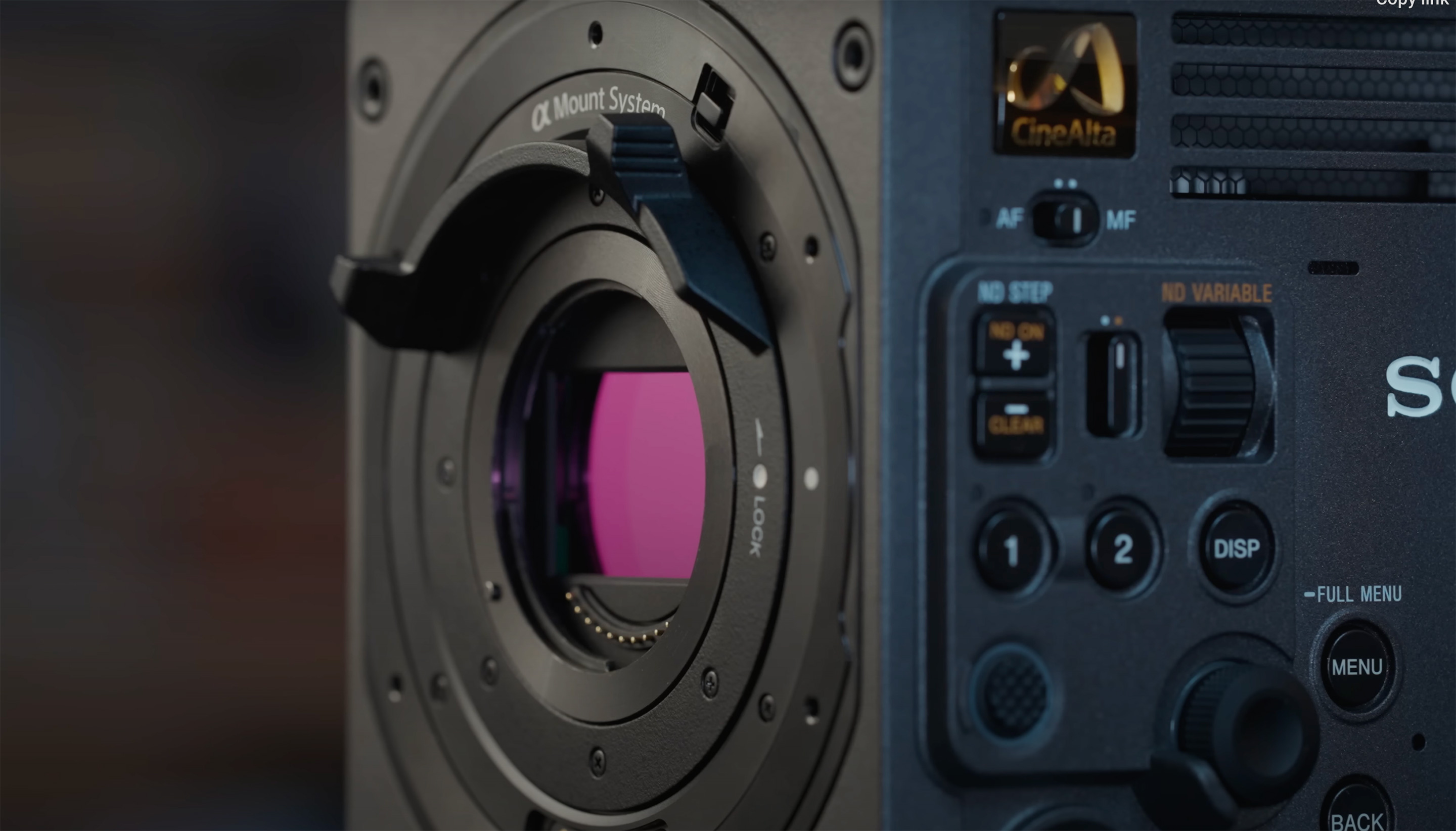
Tipping the scales at 2.8kg, the BURRITO is still even heavier than the OG Blackmagic Cinema Camera 2.5K and about the weight of 5 Sony a1 bodies. However the weight reduction is clearly necessary, for that nimble setup now only requires 60 rods under it and a tripod designed to take an IMAX camera.
So bring on these REVOLUTIONARY!!! small cinema cameras. RED KIMODO, Sony BURRITO, all in blocked capitals to make them seem more serious.
The BURRITO does however have some limitations, not related to the all important small form factor which is the biggest advantage ever.
It cannot output a 4K feed with a LUT in most modes, and cannot shoot full frame 4K 120fps even though the same sensor has this capability in the Sony a1. There’s no uncompressed internal RAW recording, you know… like your Canon 5D Mark II has. The X-OCN codec is compressed RAW, and it remains to be seen what RED thinks of that.
X-OCN has been around a long while now, for example it is featured on the external AXS-R7 module for the Sony F5 and F55.
However, a lot of people seem to think it has just dropped for the first time on the tiny island in Venice.
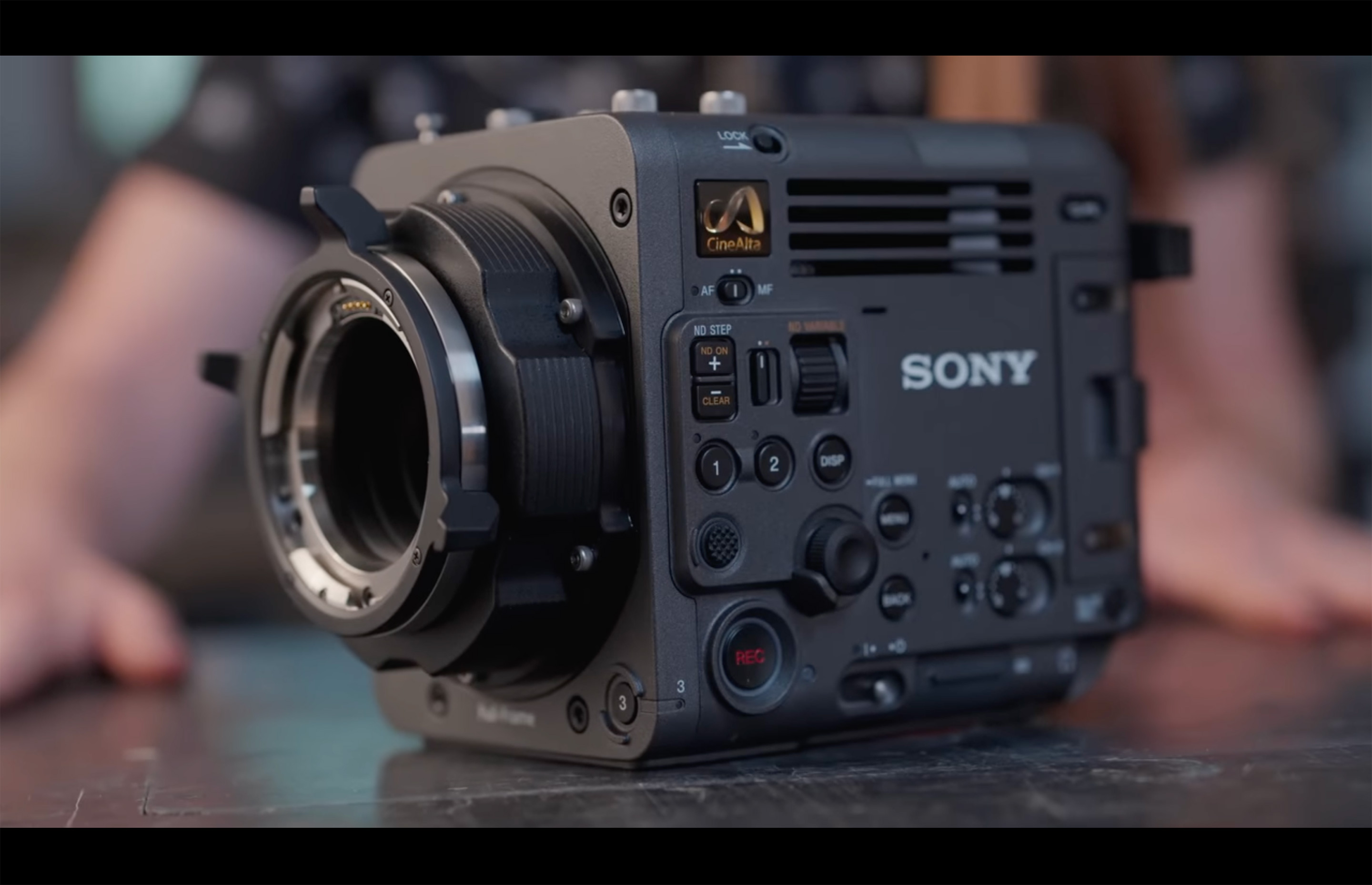
It is interesting to note that X-OCN has a similar spread of data rates as ProRes on the Fuji X-H2, and unlike the VENICE, you don’t need to spend 4 grand each on the recording media (AXS). The BURRITO uses CFexpress B. I do expect to see X-OCN ‘raw’ on Sony’s mirrorless cameras eventually, like a future a7s IV, but they need to fucking get on with it as it has been around since 2016. Something mirrorless cameras have generously given the BURRITO in return for nothing back is IBIS, by the way. Yes, the BURRITO features IBIS, which Sony said was not possible to do with an internal ND filter. This gives me hope that we will be finally getting internal ND filters on our IBIS lumbered mirrorless cameras, and that Sony were simply lying.
It is far more likely for the latter to turn out to be true than the former.




